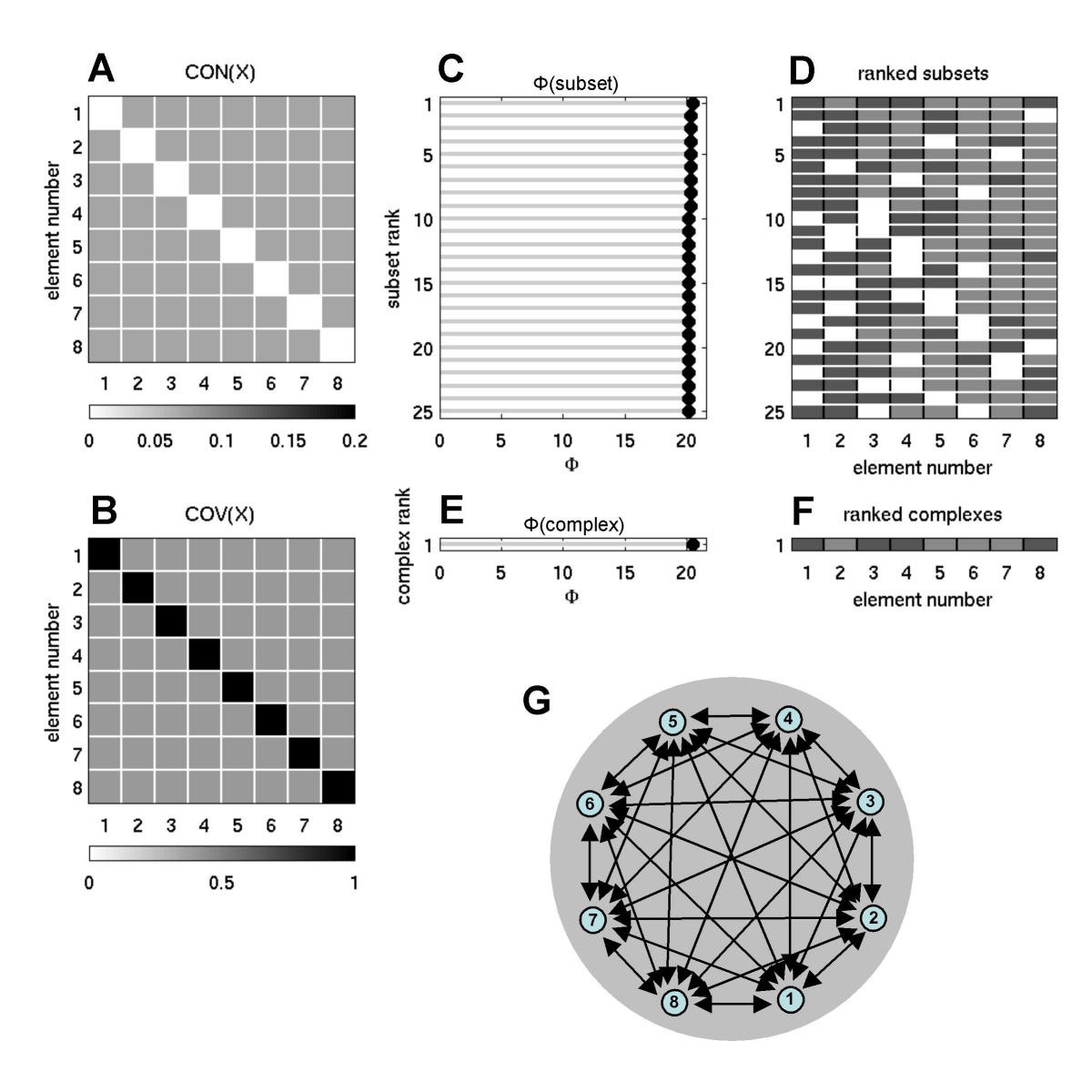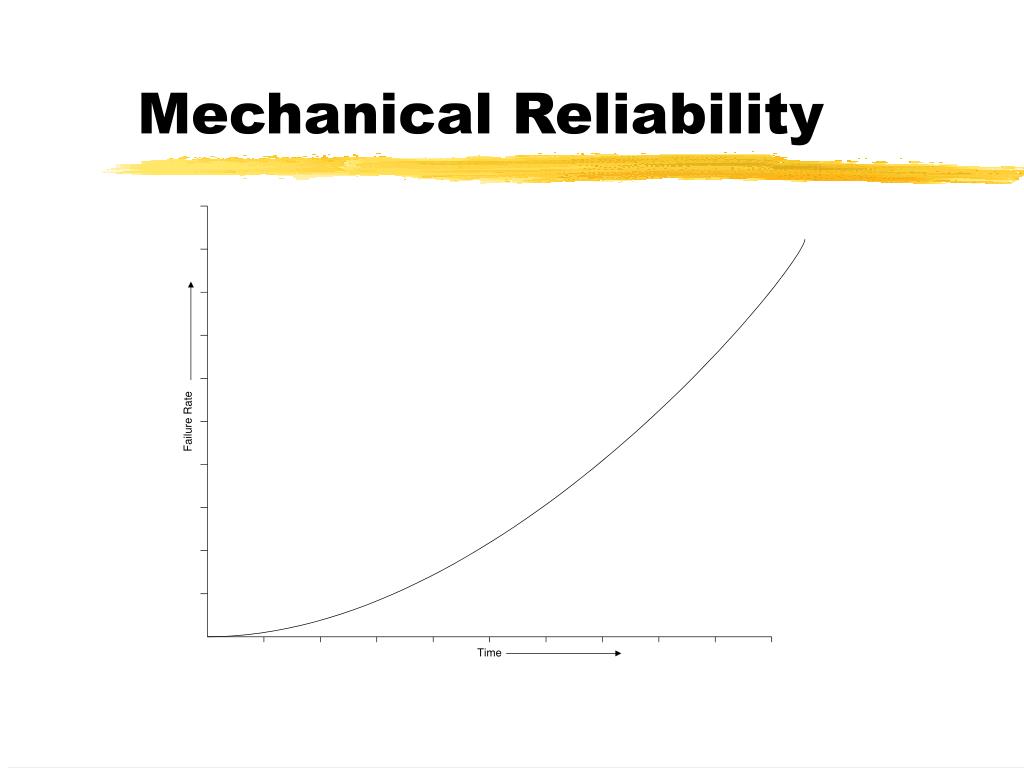


Lab testing data or data from product use in the field can be used to further refine your MTBF analysis. As more and more data is acquired, the failure rate assessments will become more accurate. The minimum you need to start your MTBF analysis is a listing of components, which is commonly available from BOMs.Īs data parameters become finalized during the design stage, the Reliability Prediction analysis can be updated. When using Reliability Prediction software, accepted default values are used for unknown data parameters. It is important to note that detailed data such as operating stresses of all the system components is not required in order to begin MTBF analysis. Much of this data can be obtained from product design drawings, BOMs (Bill of Materials), or from design engineers. If available, lab test data and/or field data (such as accumulated in CAPA or FRACAS).The operating stresses of the components, such as operating voltages and currents.The operating conditions for your product, such as the environment and temperature.The components that are included in each subsystem or unit of your product.The overall structure or design of the system or product you are analyzing.To evaluate your system MTBF using Reliability Prediction techniques, the first step is to acquire all the necessary information about your product or system. Select which Reliability Prediction standard to use.The six-step process for MTBF analysis is: This step-by-step process can also be done iteratively, so that as the product under analysis evolves and changes, the same steps can be repeated to refine the MTBF results.
#Sequential testing mil reliability mtbf software#
When using Reliability Prediction software tools for MTBF analyses, there is a straightforward, step-by-step process to follow. What are the Steps for Performing MTBF Analysis? Most commonly, the term MTBF analysis is used in reference to the analysis performed using Reliability Prediction standards, which will be the focus of this article. Notably, Reliability Block Diagram (RBD) uses high-powered mathematical techniques to model complex systems using block diagrams. For example, Weibull analysis predicts failure trends based on life data and ALT (Accelerated Life Testing) analysis predicts failure trends based on test data. Other reliability engineering tools also provide valuable ways to assess MTBF. Reliability Prediction software is the most effective way to calculate failure rate and MTBF.

Because MTBF analysis using Reliability Prediction is a detailed, mathematical-based methodology, software tools are key to efficient analyses. Reliability Prediction analysis is almost exclusively performed using a software package expressly designed for that purpose. The results of Reliability Prediction analyses are failure rate, MTBF, and other related reliability metrics. Reliability Predictions are used to predict the failure profiles of devices in the constant failure rate portion of the product lifecycle. Reliability Predictions are often used in product design and development as part of reliability and quality continuous improvement efforts. This is why Reliability Prediction analysis is a valuable method for performing MTBF analysis. The most well-known and widely used approach for failure rate analysis is Reliability Prediction. Failure rates of electromechanical systems can be computed using analytical techniques and methodologies well-known and established in the reliability engineering field. How is MTBF Calculated?ĭue to the relationship between failure rate and MTBF, techniques that compute failure rates can be used for MTBF analysis. So, if I know the failure rate of my system is 500 FPMH (failures per million hours), then the MTBF of my system is equal to 1 / 500 failures / 1,000,000 hours, or 2000 hours. In other words, if the failure rate is known, then MTBF is equal to 1 / failure rate. In this timeframe, there is a relationship between MTBF and failure rate: MTBF is the inverse of failure rate. The useful life section is the central and longest portion of the product lifecycle as described by the bathtub curve. MTBF can be computed using the failure rate of a system in its useful life period, or the part of the product lifecycle where the failure rate of the system is constant. However, this is just a predicted or estimated value, it does not indicate that the system will fail precisely at 1000 hours! What is MTBF? For example, an MTBF of 1000 hours indicates that a system, on average, will successfully operate for 1000 hours before experiencing a failure. It is commonly expressed in terms of hours. It is the average amount of time a repairable system can be expected to operate between failures. MTBF is a useful unit of measure for evaluating failure characteristics. MTBF analysis is used to assess the MTBF, or Mean Time Between Failures, of a system or product.


 0 kommentar(er)
0 kommentar(er)
